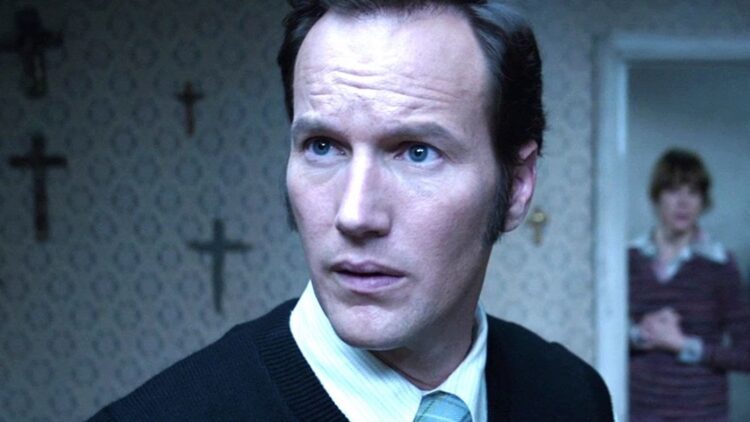
The state of mainstream American cinema is so deplorable that it’s more important than ever for cinephiles to appreciate and celebrate the few remaining pop auteurs we have left; the filmmakers who can bridge the gap between the personal and popular, the fun and the artistically valuable.
James Wan is a great example of this dying breed, an artist with great personal style who can imprint his own idiosyncratic vision both on original movies and in huge studio fare – whether he’s making a superhero epic or a gonzo horror flick, Wan’s name is a guarantee of visual inventiveness and sturdy old-fashioned craft.
In that spirit, let’s rank Wan’s first 10 movies, from worst to best, a career trajectory that proves this guy only gets better as he goes along – so, hopefully, he’s still got many more movies in him.
10. Death Sentence (2007)
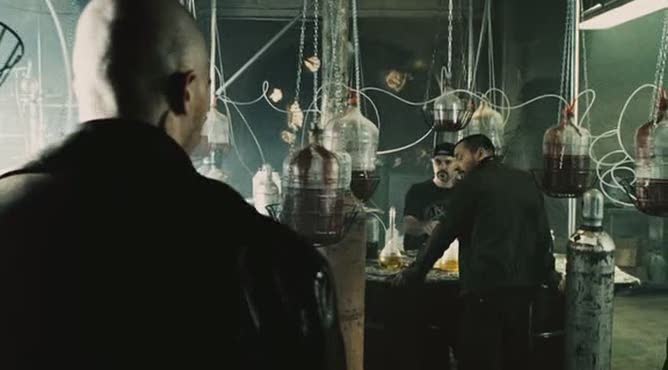
Though he’s primarily thought of as a horror director, Wan’s output is fairly varied; ranging from mega-blockbuster action films to smaller dramas – even in the realm of horror itself he’s played with styles as different as torture porn and giallo.
But if on one hand it’s always admirable when a director attempts to step out of their comfort zone and expand their reach, there’s something to be said for a filmmaker staying in their own lane – case in point, Wan and his terrible crime thriller “Death Sentence.”
Wan’s best works are playfully silly; their insanity in terms of plot is justified by a campy, self-aware, hyper-stylized tone. “Death Sentence”, by contrast, completely lacks that quality despite being atrociously stupid; it’s a dour revenge flick that’s far too cartoonishly violent to be emotionally affecting, but too serious-minded to be enjoyable as pure pulp.
Wan’s greatest strengths as a filmmaker are his sense of style and the sly sense of humor he brings to the most outlandish material – “Death Sentence” has little to none of those elements, making it one of his worst.
9. Dead Silence (2007)
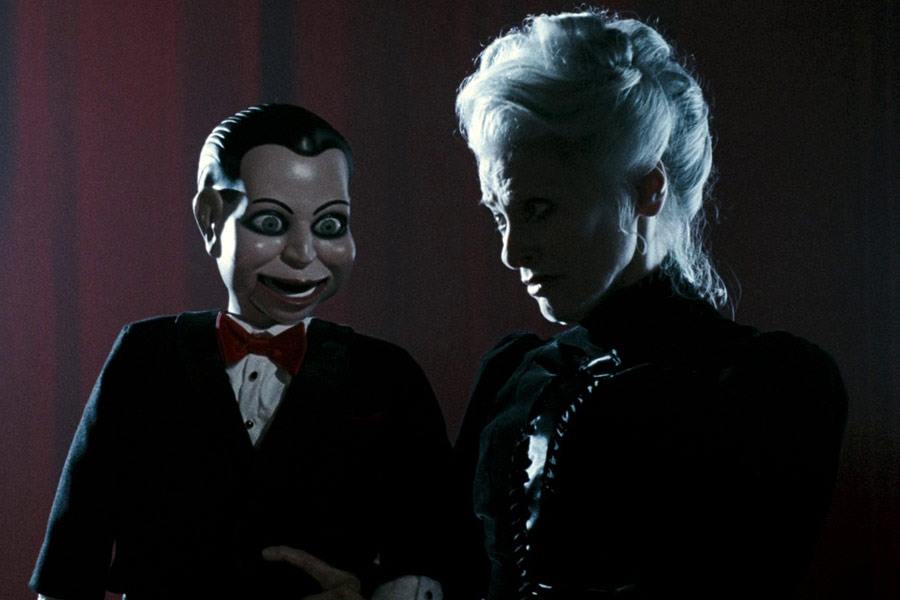
As said before, Wan’s silliness is a feature, not a bug; even the chilling horror of his most famous movies always have an element of the ridiculous about them – it’s in the dichotomy of heavy atmosphere and winking wackiness that his voice as a director thrives best.
That being said, there is such a thing as being too silly and ridiculous, and the movie in which Wan most clearly crossed that line is “Dead Silence”. The core premise here (of a murderous possessed ventriloquist dummy wreacking havoc) is dumb enough to lend itself to a no-frills B-movie, but Wan hadn’t quite cracked yet how to handle that kind of tone, so he treats this stupendously stupid material in an unexplainably flat register. Everything from the characters to the plotting and especially the style is just completely listless – in complete opposition to the absurdity of the story itself.
“Dead Silence” is not really atrociously made, but it’s still the worst thing that it could be: insufferably dull. Thankfully, Wan seemed to learn his lesson here because every one of his subsequent efforts, even the most substandard, at least reach for a certain level of genre madness that justifies their existence.
8. Insidious: Chapter 2 (2013)
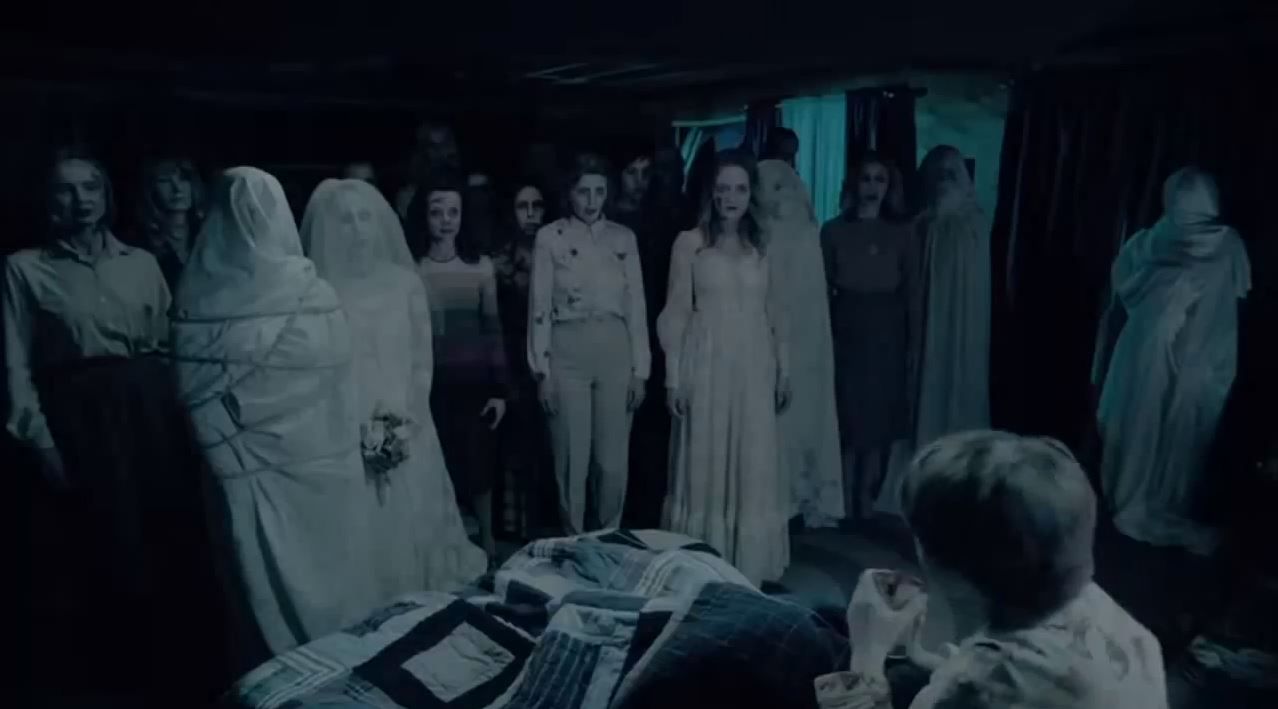
Despite having created one of modern horror cinema’s most successful and long-lived franchises with “Saw”, James Wan never actually directed any of it’s many sequels, which became increasingly more byzantine in violence and nonsensical in plotting with each new installment.
The first time Wan personally made a follow-up to one of his movies was with the sequel to 2008’s hit “Insidious”, perhaps in a bid to secure a more natural continuation of the tone and story established by the original movie. If that was indeed the intention, it can be said that he was successful; “Chapter 2” is in many ways of a piece with its predecessor, but not all of them are necessarily good.
If anything, the film’s main flaw, what keeps it towards the bottom of Wan’s career, is that it doesn’t feel particularly fresh or new – while just as genuinely tense, atmospheric and stylish as the original, “Insidious: Chapter 2” is far too indebted and derivative of the first one to have any personality of it’s own.
7. Furious 7 (2015)
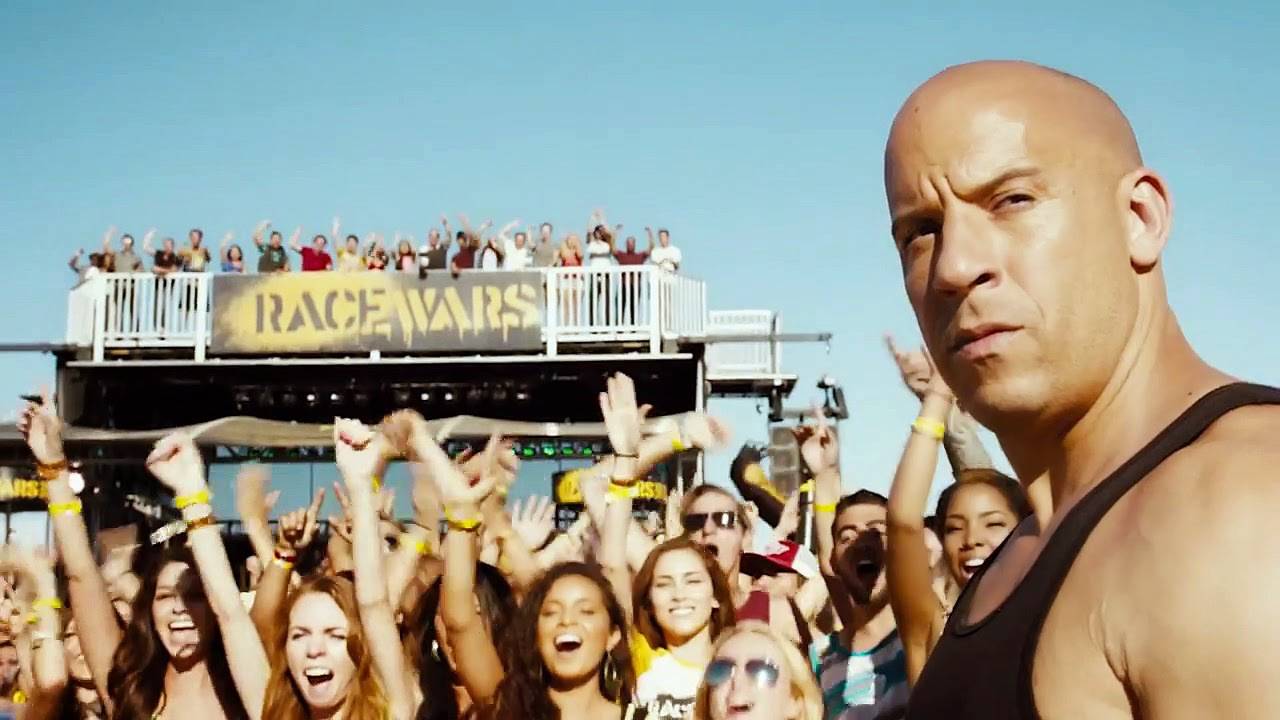
The choice of a pop horror craftsman like Wan to helm the 7th installment of one of the most popular and unlikely action franchises of all time may initially seem bizarre – after all, what could the director behind the supernatural chills of “The Conjuring” and the hyper-violent mayhem of “Saw” have to do with the good-natured fun of the Fast Family?
“Furious 7” made the answer to that question seem completely obvious in retrospect: Wan is a great maximalist, and his go-for-broke visual stylings fit perfectly into the soapish, self-aware nature that had by that point become the signature of the fast saga. And that’s exactly what makes this movie a sort of middling entry in the context of Wan filmography. On one hand, it’s a fun, well-crafted blockbuster, with a surprisingly powerful emotional throughline (deeply affecting in that one final sequence); on the other, it very much feels like just another “Fast & Furious” film. Wan’s imprint on the material is not invisible exactly, but much less pronounced than in his other, more personal pictures.
There’s very little discernible difference between Wan’s work in “Furious 7” and what Justin Lin and F. Gary Gray brought to the franchise before and after him – the humor, the dramaturgy, even the action itself; it’s all essentially the same. The film is fine if taken on it’s own, but not as interesting when considered from the prism of a single directorial vision.
6. The Conjuring 2 (2016)
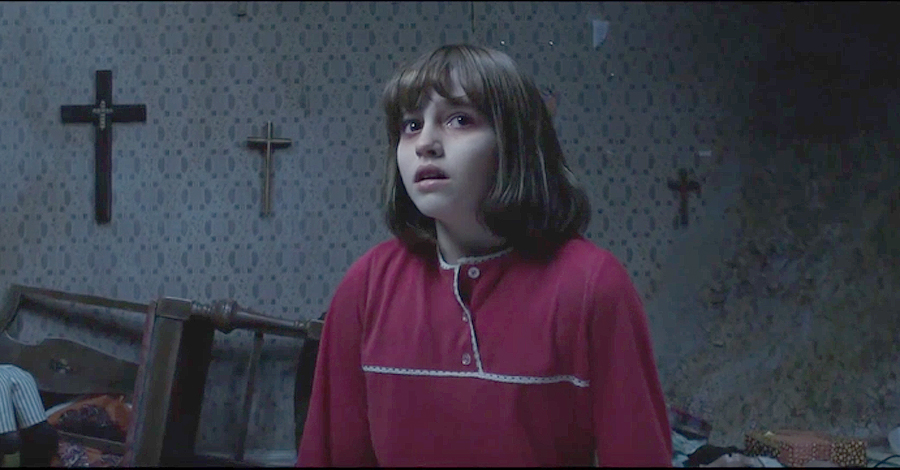
Wan is currently deep in post-production of “Aquaman and The Lost Kingdom”, the sequel to his monumentally successful superhero epic that is eagerly anticipated by fans of the original’s goofy maximalist fun.
But if his track record with second installments is to be trusted, fans should be at least a little bit worried; Wan is yet to make a sequel that doesn’t feel like a rehash, a lesser remix of the same old ingredients. “The Conjuring 2” is slightly better than “Insidious: Chapter 2” and “Furious 7” because it’s less convoluted and features stronger individual set pieces, but it still can’t overcome the fundamental problem of diminishing returns.
There’s absolutely nothing in this film, formally, narratively or thematically, that Wan hadn’t already accomplished in the first Conjuring – it’s not bad as much as it is pointless.